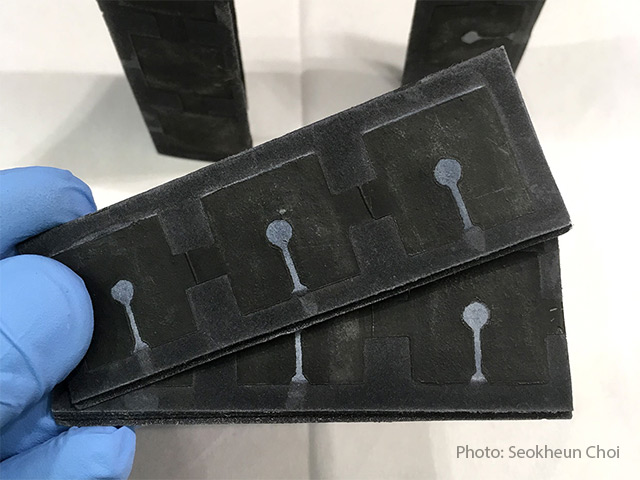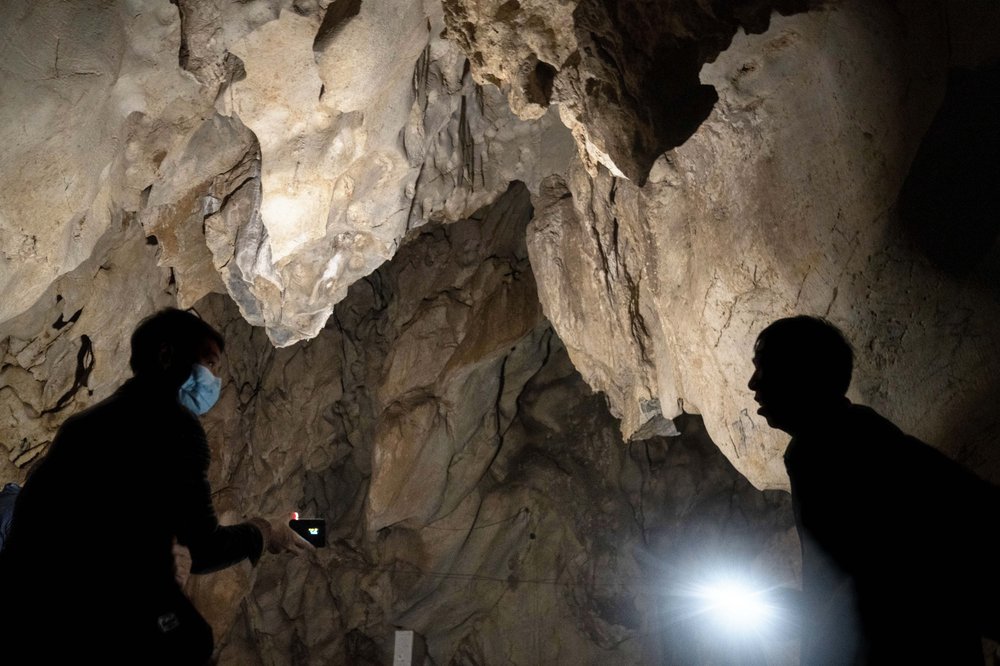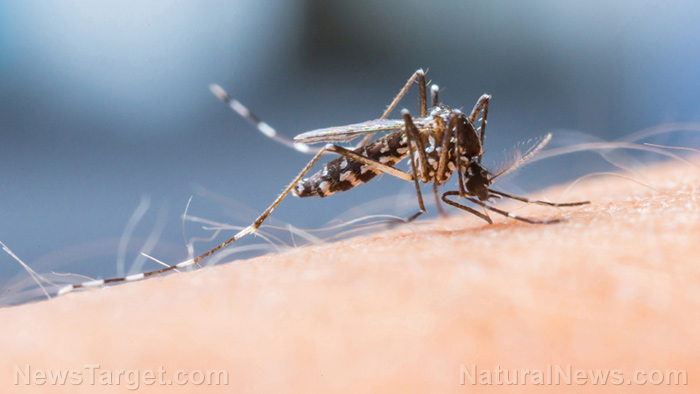
There are a few things in the world that are cheaper and lighter than paper. Researchers have come up with a battery made from that common material – and it will be powered by bacteria.
These bacteria-powered energy storage systems could be ideal for areas that are either too far from the power grid or lack the resources to build the necessary infrastructure. Healthcare workers assigned to these locations need cheap power sources that are easy to haul.
Remote regions rarely enjoy the electrical power to support medical diagnostic devices. They also cannot afford to acquire commercial energy storage systems, if they can get their hands on any in the first place.
That's why the paper battery designed by Seokheun "Sean" Choi of The State University of New York, Binghamton drew such interest during a recent American Chemistry Society conference. During his presentation, Choi remarked that paper was cheap, easy to dispose of, malleable, and possessed a large surface area.
"However, sophisticated sensors require a power supply," he brought up. "Commercial batteries are too wasteful and expensive, and they can't be integrated into paper substrates. The best solution is a paper-based bio-battery." (Related: Solution to next-gen batteries may come from unconventional materials, say researchers.)
Building bacteria-powered batteries out of paper
Paper-based biosensors have already been built by earlier efforts. They can diagnose illnesses, evaluate your health, and determine the level of contamination in your surroundings.
A good number of these disposable sensors work by watching out for any changes in color. Unfortunately, they lack the sensitivity to detect the subtler differences.
A supply of electricity could improve the sensitivity of a biosensor. Choi sought to make a disposable battery made from the same cheap materials as the throwaway sensors they would power.
His research team used a 3D printer to print layers of materials over a paper surface. Then they added a layer of freeze-dried bacteria.
These bacteria happen to be exoelectrogens. They generate electrons inside their cells whenever they manufacture energy to power their cellular processes. Unlike most bacteria, exoelectrogens can send electrons through the membrane of their own cells. The electrons are gathered by electrodes to charge the battery.
Activating the battery is a matter of adding either saliva or water to the exoelectrogens. The liquid will revive the bacteria in mere minutes. Tests showed that the prototype paper battery was able to provide enough power to run a calculator and an LED.
New paper battery works well even in oxygenated conditions
Choi and his fellow researchers examined the effects of oxygen on their new energy storage system. Oxygen is able to penetrate paper with ease. It also has a bad habit of stealing any electrons that it comes across, such as the ones generated by the exoelectrogen bacteria for the battery.
The research team reported that oxygen did reduce the amount of power generated by the bacteria. However, the electron loss turned out to be minuscule.
The bacteria were very firmly bound to the paper fibers. The electrons they generated only needed to travel a short distance through the paper fibers before reaching the anode. This prevented oxygen from siphoning too many electrons from the current.
The paper battery is good for a single use alongside a disposable biosensor or similar single-use electronic device. If it is stored properly, it will last for four months.
Choi is already looking into ways to refine the battery. It needs to last longer and produce a lot more power so that it can be used for more applications.
Get more stories about batteries made from paper and other unlikely materials at Inventions.news.
Sources include:
Please contact us for more information.





















